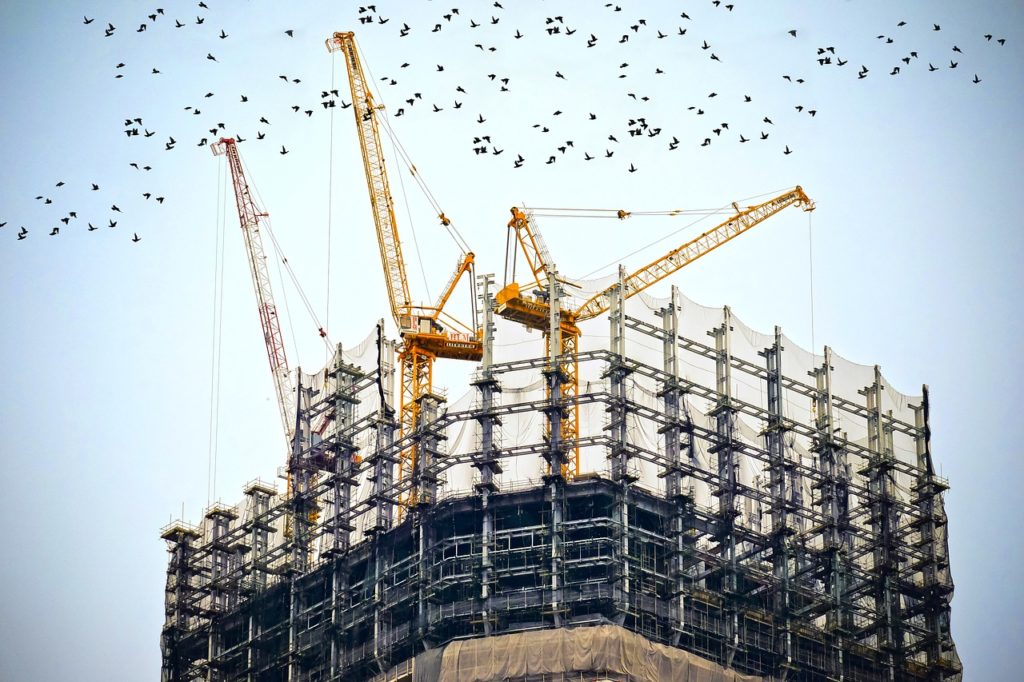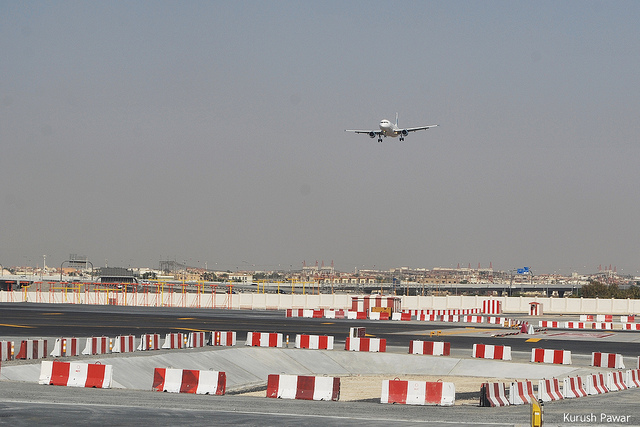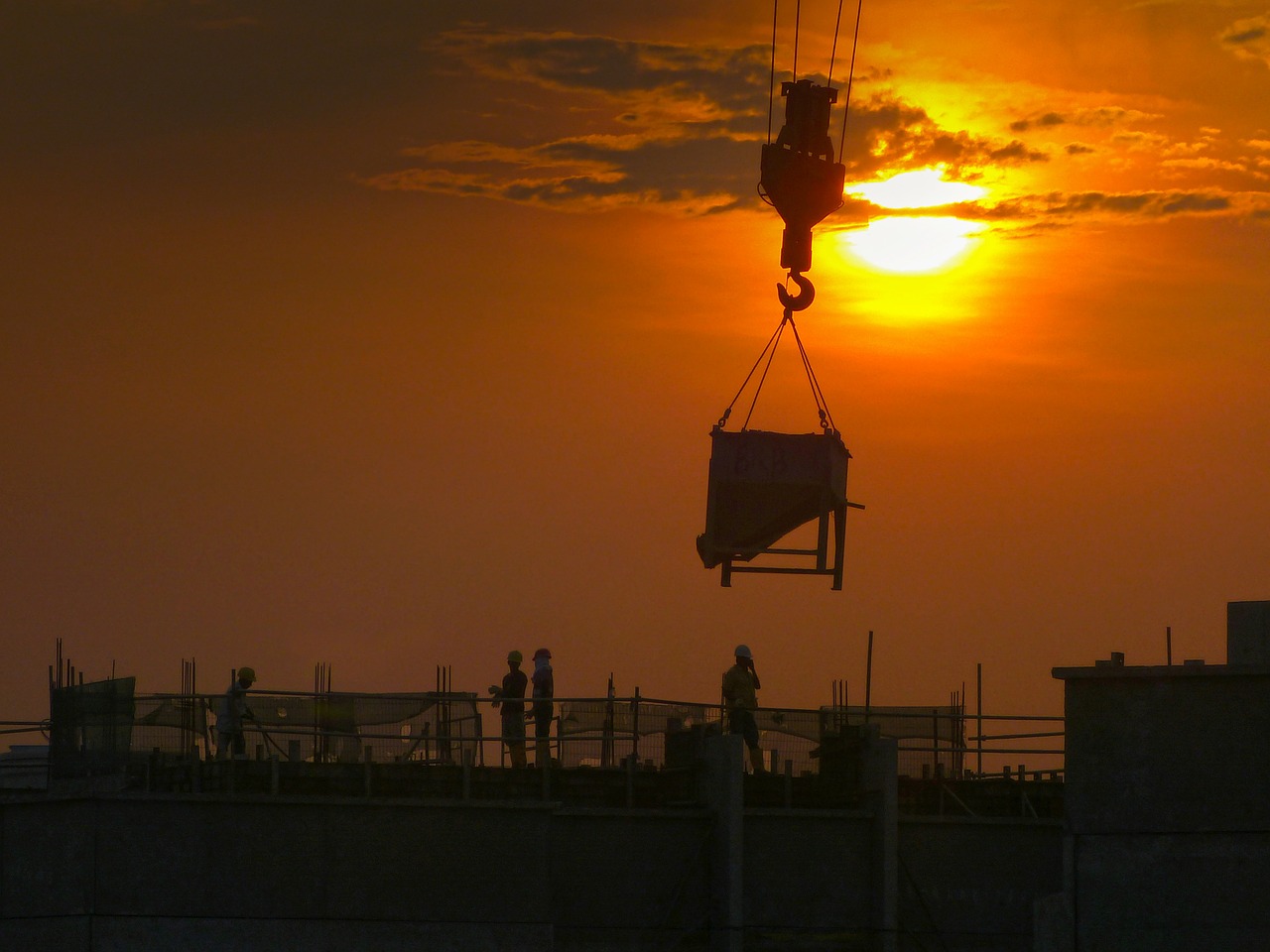Bolstered by infrastructure development plans for the 2022 FIFA World Cup, Qatar ranked third among Gulf Cooperation Council (GCC) countries in the value of construction contracts awarded in 2018, behind only Saudi Arabia and the United Arab Emirates (UAE). In addition to building stadiums for the tournament, the country is heavily focused on establishing the required transportation and tourism infrastructure to ensure smooth operations. As of June 2019, there were more than 1,000 in-development and yet-to-be-awarded infrastructure projects worth a combined $150 billion. The Doha Metro Network and Lusail Plaza Towers are two of the more ambitious projects underway in the country. The following are four other projects and recent developments affecting infrastructure development in Qatar:
Opening of the Qatar Construction Institute
In order to follow through on the goals outlined in the Qatar National Vision 2030, Qatar launched the Construction Institute in the first week of October 2019. One of the primary goals of Qatar National Vision 2030 is to improve the delivery, reliability, and efficiency of construction projects in the country and, to that end, the Construction Institute will emphasize the importance of and promote the implementation of lean construction.

While Qatar ranked atop Arcadis’ International Construction Costs 2018 report concerning the value and real growth of individual countries’ construction industries, it was also listed as the 11th most expensive country in which to build. Lean construction, which refers to a method of designing production systems with the goal of reducing material waste, time, and effort, can help to sustain the industry’s growth and reduce costs: “Construction is the most wasteful industry,” according to leading construction expert Dr. Luai Sabek. “Studies have shown that construction projects generate as much as 50 percent construction waste. There is a huge potential for improvement. And more companies in Qatar are now implementing lean construction.”
The Big 5 Construct Qatar
Dr. Sabek spoke about Qatar’s desire for an increase in lean construction at the second edition of The Big 5 Construct Qatar, a three-day conference held in September at the Doha Exhibition and Convention Center. The event was inaugurated by the Minister of Commerce and Industry Ali bin Ahmed al-Kuwari and supported by sponsors such as QNTC, Qatar Free Zones Authority, and Al-Adekhar.
As many as 150 exhibitors from 20 countries participated in the international construction conference, while product offerings encompassed seven sectors, including building materials and construction tools, plant vehicles and machinery, building finishes and interiors, and construction innovations and technologies. Meanwhile, educational sessions encompassed themes such as project management, general construction, sustainability, and architecture and design. Beyond networking and educational offerings, The Big 5 Construct Qatar served as a vehicle to attract international companies to do business in the country.
Hamad International Airport Expansion
One of the most lucrative and ambitious ongoing infrastructure development projects in Qatar is the expansion of the Hamad International Airport (HIA). Originally designed to take in 28 million passengers per year, the airport now serves nearly 38 million passengers on an annual basis. Upgrades, which are expected to commence in January 2020, will increase the annual passenger capacity to 60 million.

The expansion was planned in support of the upcoming 2022 FIFA World Cup and the continued growth of the country’s national carrier, Qatar Airways. Awarded the Best Airport in the Middle East at the SKYTRAX World Airport Awards for a fifth consecutive year, HIA features a pair of runways, an industry-leading air traffic control tower, and a 40,000-square-meter passenger terminal with retail and restaurant facilities.
In addition to linking Concourse E to Concourse D in order to accommodate more passengers, the expansion will involve the construction of additional dining areas and areas for relaxation, as well as the implementation of “The Jewel,” which was first featured at Singapore Changi Airport. The Jewel is an indoor rain vortex surrounded by a platform forest setting designed for the purpose of passenger entertainment. This past May, US-based Hill International was selected to deliver construction and project management services for HIA’s expansion.
2022 FIFA World Cup Stadiums
The 2022 FIFA World Cup, which is traditionally played in the summer months, was moved to November and December to provide cooler conditions for the world’s top football players. Despite the change, the country has developed an energy-efficient cooling system so that its newly constructed stadiums will be usable when summer temperatures exceed 40 degrees. The 40,000-seat Al Janoub stadium, which opened in May 2019, was the first to feature the new system. On one late September night, the temperature in Doha was 35 degrees Celsuis, but on the pitch it was only 21 degrees.
A total of eight stadiums will be used for the 2022 FIFA World Cup, with six others expected to be operational by the end of 2020. Meanwhile, Khalifa International Stadium was renovated and reopened in 2017. The design for the cooling system was led by Qatar University mechanical engineering professor Saud Abdul-Ghani and, while he wouldn’t relay the price of the system, the Qatar World Cup organizing committee is on record stating the country is committing as much as $7 billion for the seven stadiums and other training facilities.

